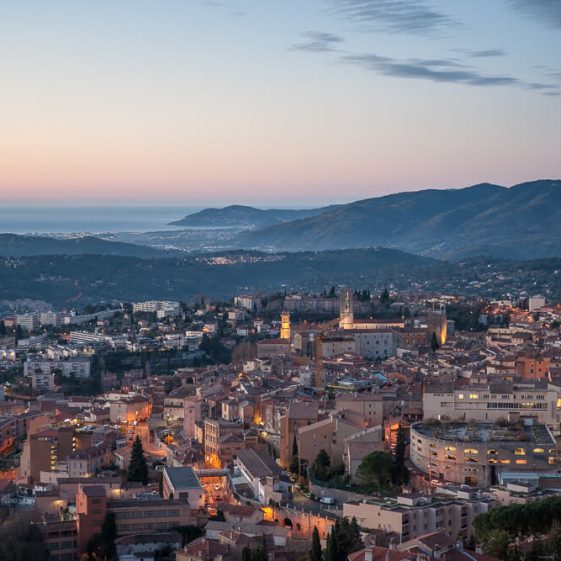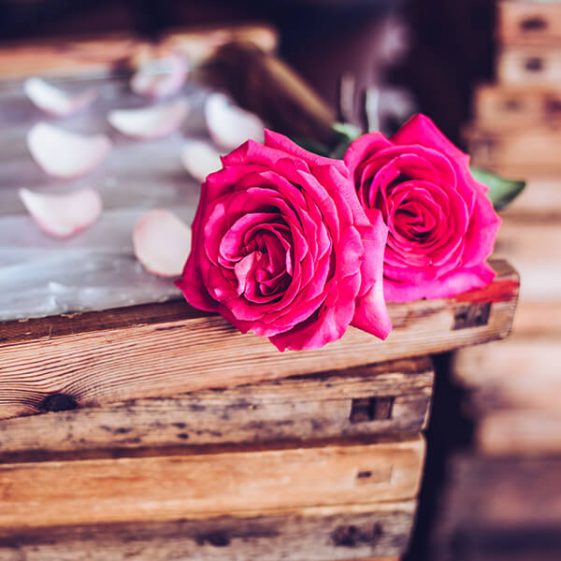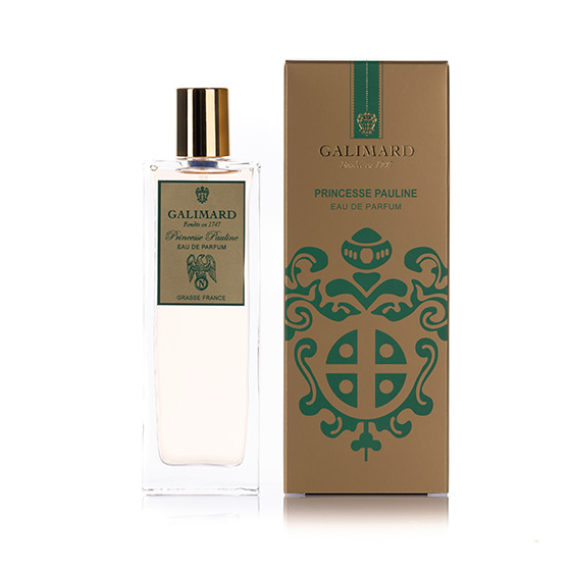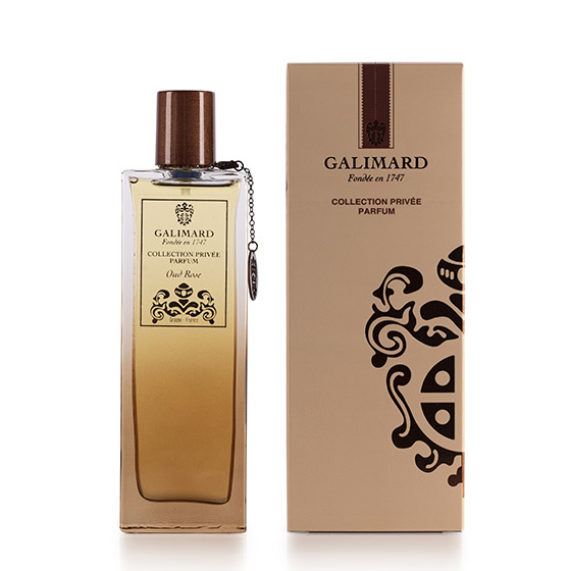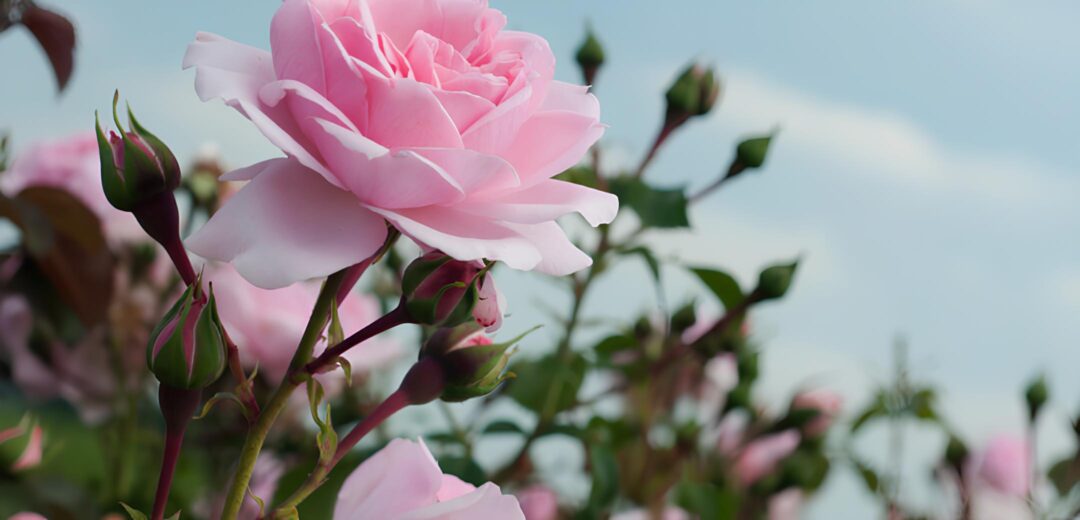
The perfume extraction plants grown in Grasse: the Centifolia rose
Written on 9 June 2020
See also
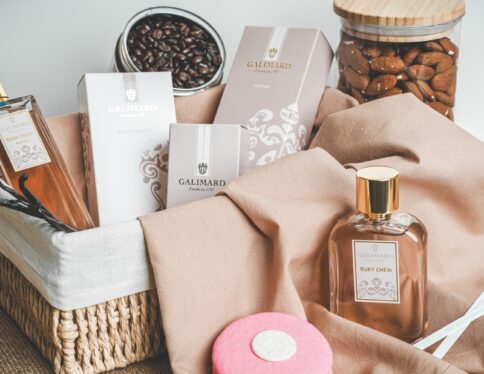
Ruby Chéri, the journey from perfume to macaron : a sweet dream turned reality.
Written on 2 January 2025
The beginning of the year marks the end of the holiday season – after a delightful respite of time spent with family, good food, and good fun, we start the year full of hope, and with a list of resolutions for the new year. For us at Galimard, January is time for inventory. Not just […]
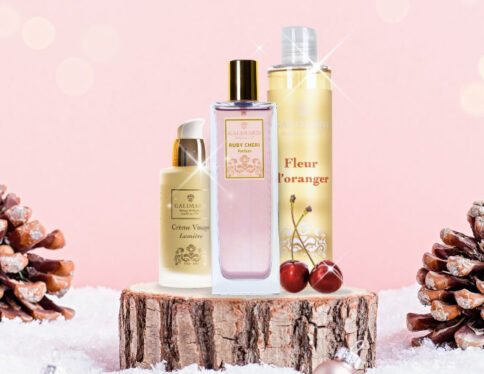
Christmas gifts: original ideas
Written on 3 December 2024
The sleighbells are ringing, are you listening ? The holiday season can feel like a toboggan race – time is passing by faster than the snowflakes flying by our rosy cheeks, the days seem to be shorter and the hours slide beneath us with a satisfying crunch. The Magic of Christmas is here ! With so much […]
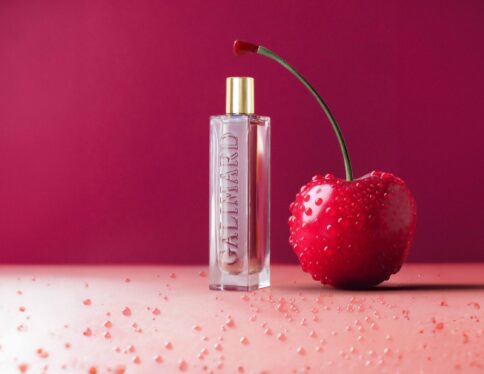
Ruby Chéri
Written on 4 November 2024
Five years ago, our perfumer, Yusuke Masuda, moved to Grasse to fulfill his dream of creating fragrances in the world’s perfume capital. Originally from Japan, Yusuke draws inspiration from his memories, travels, encounters, and emotions. While he deeply values the exceptional raw materials available in the Grasse region, he also loves infusing his creations with […]


